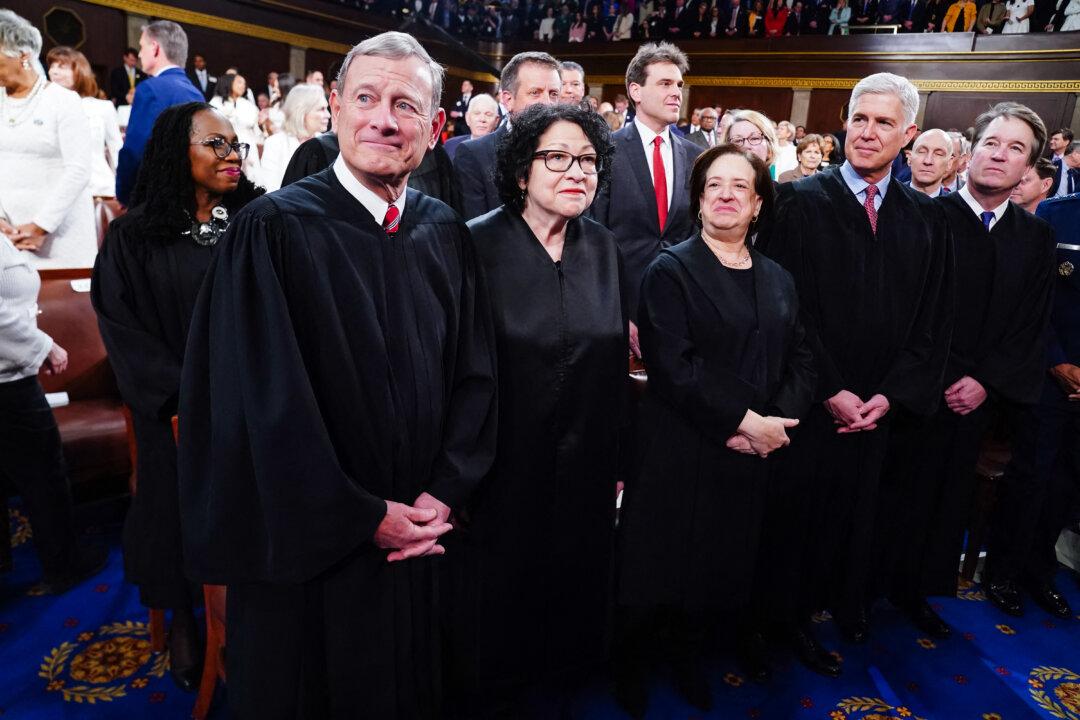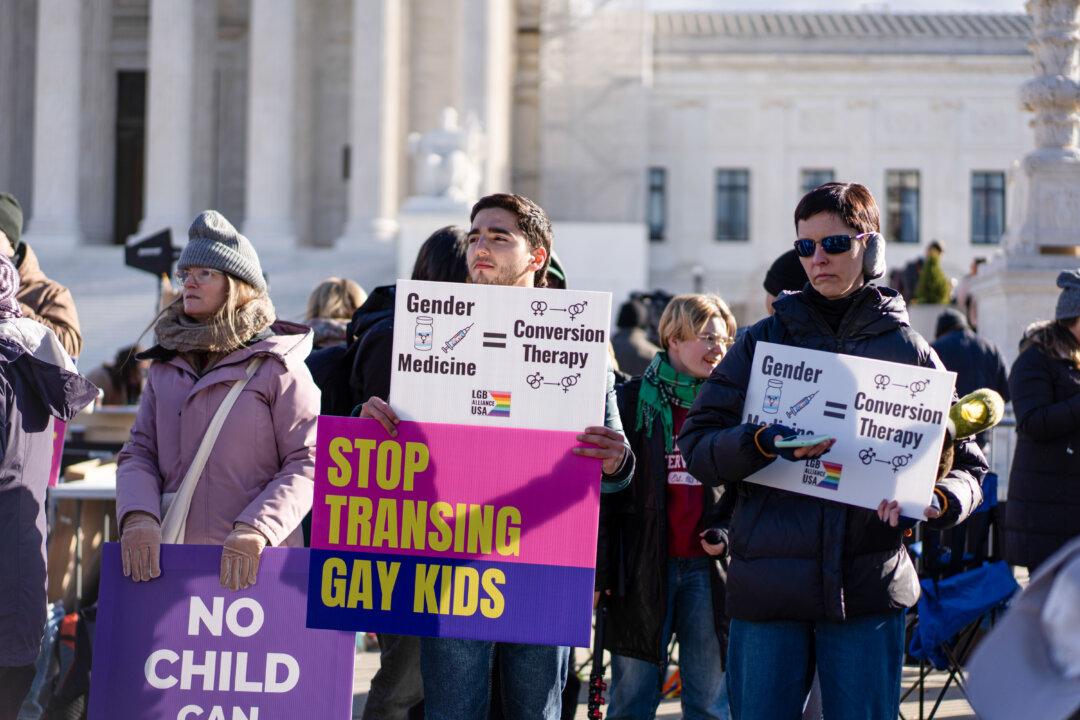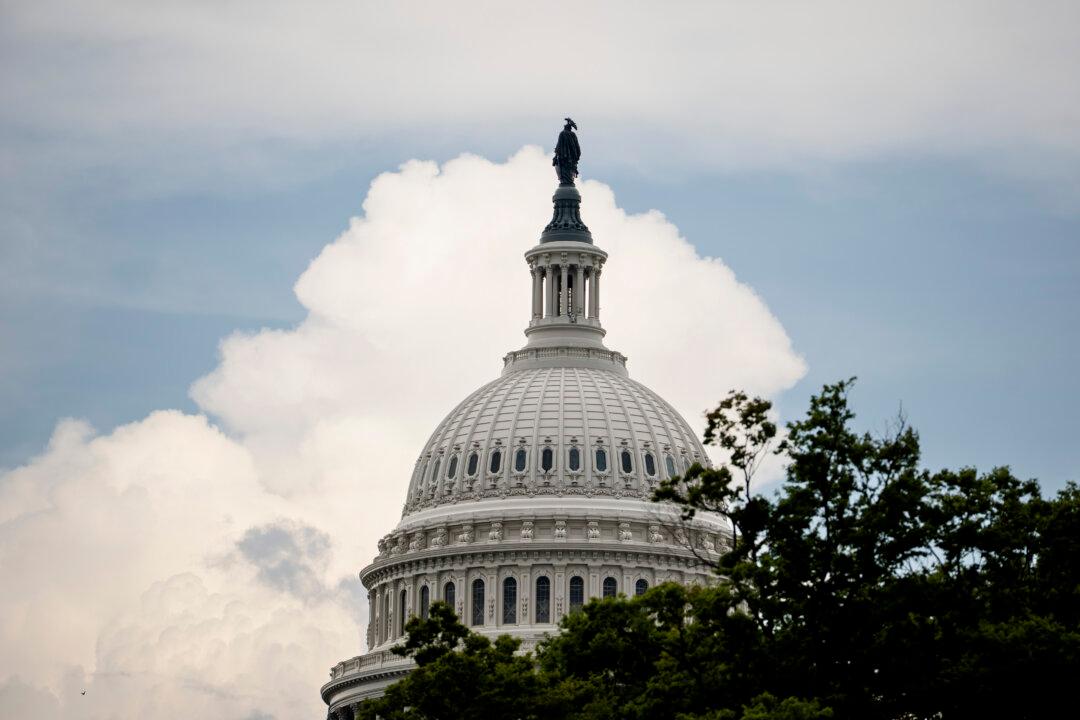The U.S. Supreme Court ruled on Tuesday to allow a lower court to review and potentially overturn an immigration judge’s determination to deport an illegal immigrant, with possible implications for the removal of criminal aliens.
In a 6–3 split decision on March 19, the Supreme Court said that the U.S. Court of Appeals for the Third Circuit erred in determining that it lacked jurisdiction to review a discretionary determination by an immigration judge.





